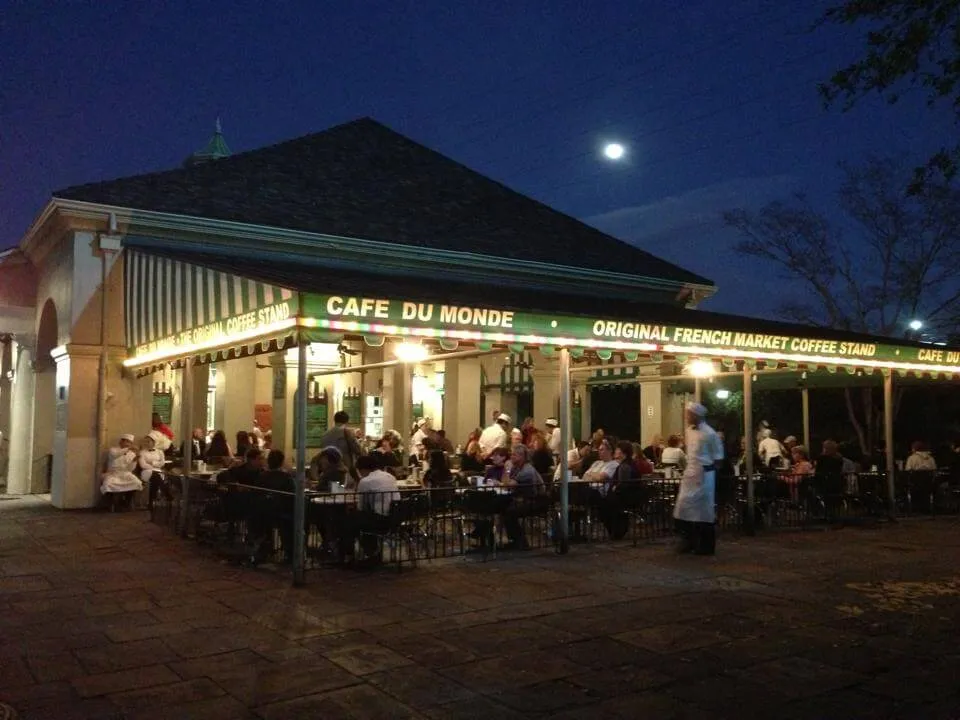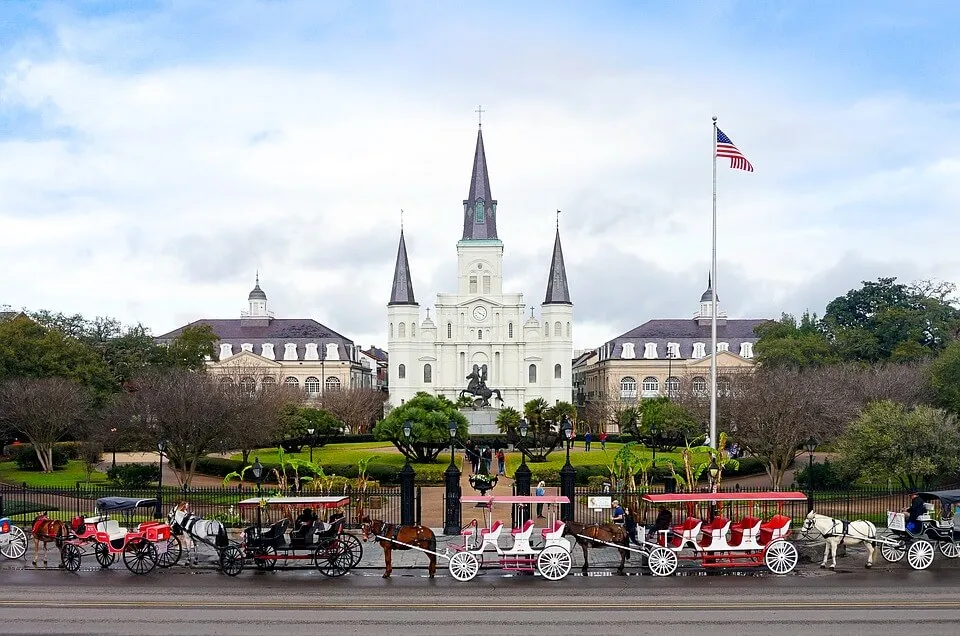New Orleans, a gem of the United States, is more than just a city; it’s a unique blend of history, culture, and cuisine unlike anywhere else in the world. Founded in 1718, this city has navigated a rich tapestry of historical shifts, from French and Spanish colonial rule to becoming part of the United States through the Louisiana Purchase in 1803. This cultural intersection has forged a distinctive legacy, most notably Creole culture, which profoundly shapes Louisiana’s identity.
Origins and Formation of Creole Culture
Creole is more than just a word; it’s a symbol of cultural blending and convergence. Initially, “Creole” denoted people born in Louisiana of European descent, particularly French and Spanish. Over time, however, this definition expanded to encompass people of all races with ancestors who lived in New Orleans before the Louisiana Purchase.
Creole culture is a unique amalgamation of French, Spanish, African, Caribbean, and Native American elements. This blend is evident in every facet of life, from language and architecture to music and cuisine.
The Influence of Creole Culture on Louisiana Cuisine
Creole cuisine is one of the most palpable expressions of this cultural fusion. It’s not just about flavors; it’s about history and tradition. Creole dishes often utilize local ingredients such as seafood, rice, beans, and vegetables.
Some iconic Creole dishes include:
- Gumbo: Louisiana’s signature soup, a melting pot of French, Spanish, and African influences. Gumbo can be made with seafood, chicken, or sausage, along with vegetables and spices.
- Jambalaya: A rice dish akin to Spanish paella but crafted with local ingredients like rice, chicken, sausage, and seafood.
- Étouffée: A rich seafood stew, typically made with crawfish or shrimp, simmered in a roux-based sauce and Creole seasonings.
- Beignet: Sweet fried doughnuts, typically dusted with powdered sugar, are a popular breakfast or dessert in New Orleans. Café Du Monde is a renowned spot to savor beignets and chicory coffee.

Creole Architecture: A Fusion of Styles
Creole architecture is a distinctive blend of French, Spanish, and Caribbean styles. Creole buildings often feature wide balconies, airy courtyards, large windows, and steeply pitched roofs. Common building materials include brick, wood, and plaster.
The French Quarter in New Orleans is a prime example of Creole architecture, with its narrow streets, colorful buildings, and ornate wrought-iron balconies.
Creole Music: From Zydeco to Jazz
Creole music is an integral part of Louisiana culture. It reflects the blending of diverse cultures, from African rhythms to European harmonies.
Zydeco is a unique Creole music genre, fusing Cajun music, blues, and R&B. Instruments commonly used in Zydeco include the accordion, rubboard (a percussion instrument made from corrugated metal), and guitar.
Jazz, an iconic American music genre, also has its roots in New Orleans. Jazz combines African rhythms, blues, and European musical elements.
Mardi Gras: A Celebration of Creole Culture
Mardi Gras, also known as “Fat Tuesday,” is a grand festival held annually in New Orleans and other cities in Louisiana. The festival has roots in medieval European carnivals but has been adapted to fit Creole culture.
Mardi Gras is a vibrant and colorful celebration, featuring parades, music, dance, and food. Festival-goers often wear elaborate costumes and masks.
Challenges and Preservation of Creole Culture
While Creole culture has played a vital role in shaping Louisiana’s identity, it has also faced numerous challenges. Racial discrimination and economic inequality have impacted the Creole community for centuries.
However, significant efforts are underway to preserve and promote Creole culture. Cultural organizations, museums, and schools are working to educate people about the history and heritage of Creole culture.

Exploring Creole Culture Today
Today, visitors to New Orleans can explore Creole culture through various experiences.
- Touring the French Quarter: The French Quarter is a National Historic Landmark where visitors can admire Creole architecture, savor Creole cuisine, and listen to jazz music.
- Visiting Museums: The New Orleans Historic Voodoo Museum and the Louisiana State Museum are excellent places to learn about Creole history and culture.
- Attending Mardi Gras: Mardi Gras is an unmissable experience for those wanting to immerse themselves in Creole culture.
- Enjoying Creole Cuisine: Restaurants throughout New Orleans serve a plethora of delicious Creole dishes. Don’t miss trying gumbo, jambalaya, étouffée, and beignets.
- Listening to Zydeco and Jazz Music: Bars and clubs in New Orleans are great venues to hear Zydeco and Jazz music.
Conclusion
Creole culture is an indispensable part of Louisiana’s identity. It stands as a testament to cultural blending and convergence, creating a unique and rich heritage. Exploring Creole culture is a journey into the history, cuisine, music, and people of Louisiana. Come and experience the allure of Creole culture – you won’t be disappointed!